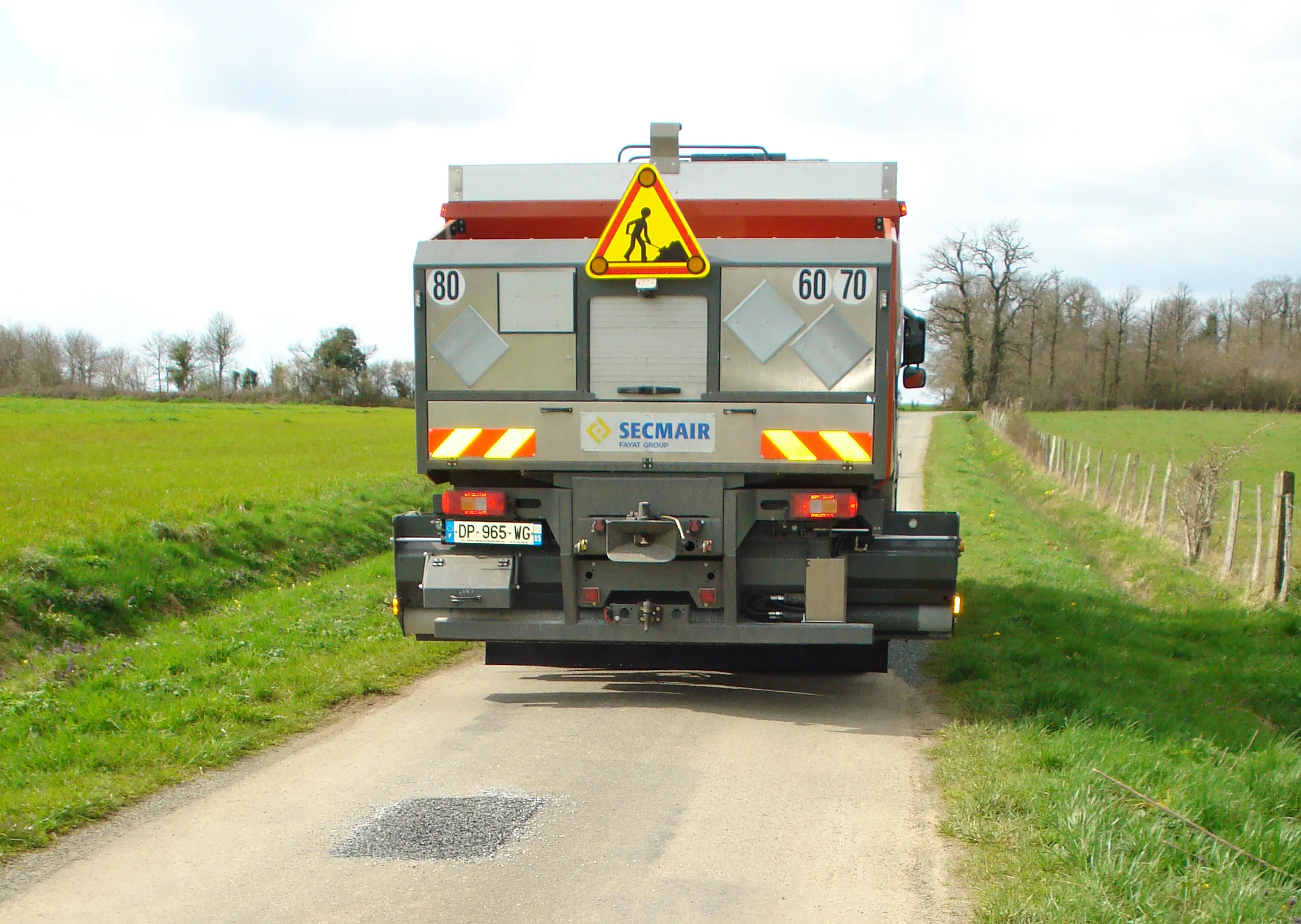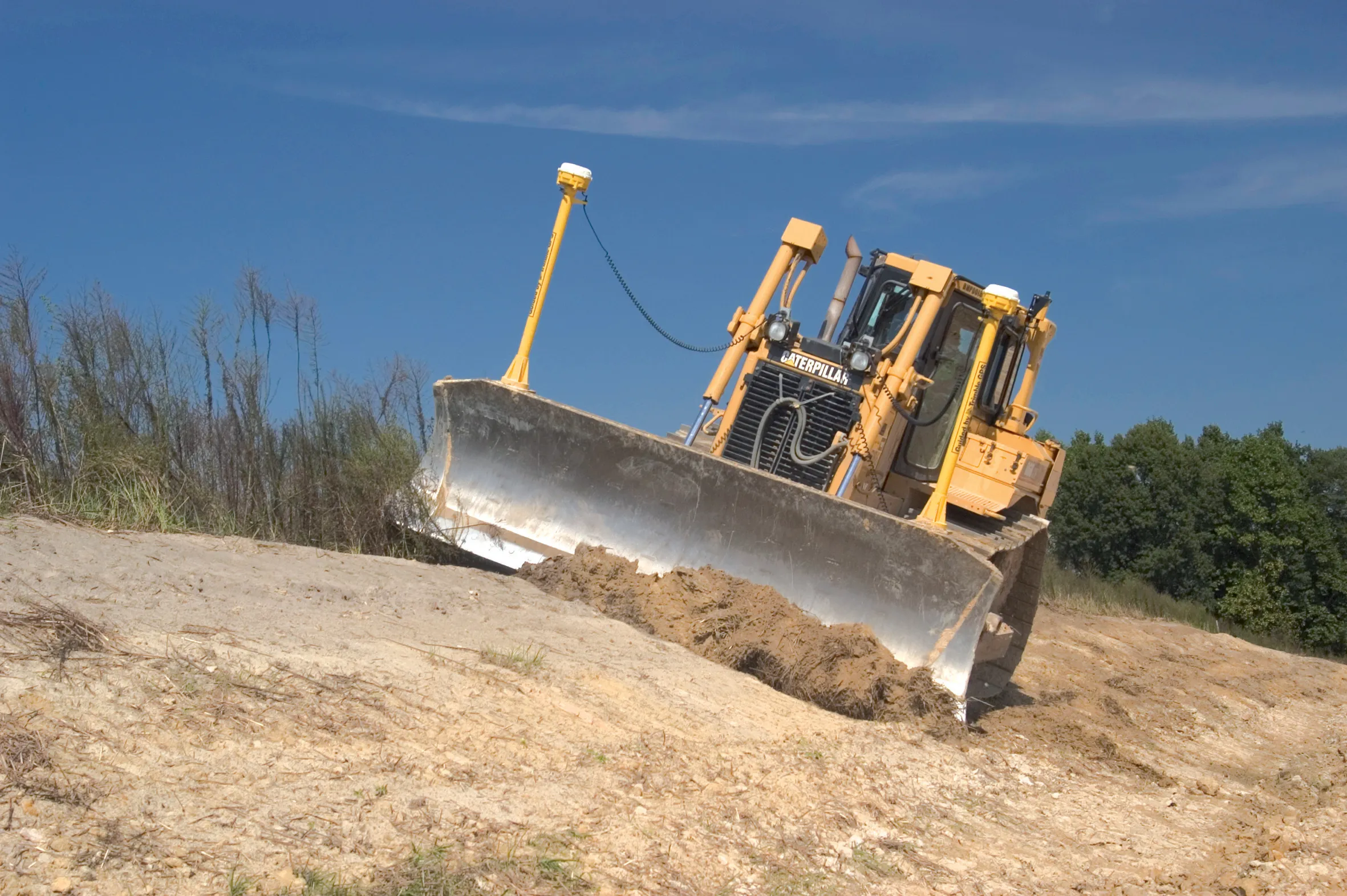SECMAIR is introducing an innovative Chipsealer machine that can improve the efficiency and safety of road repair jobs. The SECMAIR CT360 Chipsealer benefits from the firm’s novel laser scanning system to detect potholes and cracks in the road. The system is mounted at the front of the truck and scans back and forward continuously, providing accurate detection of road surface faults. The laser scanning forms part of the firm’s E TRAXX technology, which is said to offer full traceability for road maintenance
March 7, 2018
Read time: 2 mins

The system offers instant spreading on surfaces to be treated, while operators can deselect zones to be treated if necessary. The system collates data on road surface condition and any repairs carried out, using satellite location to provide an accurate map of road upgrades carried out. A spokesperson for the firm said, “You can identify cracks or potholes in order to fix them.”
The data collection module has been developed by SECMAIR for this application and the firm says that the system is set up to allow full availability of the data, methodical prioritisation and high levels of security.









